Nordman fir: description of varieties and tips for growing
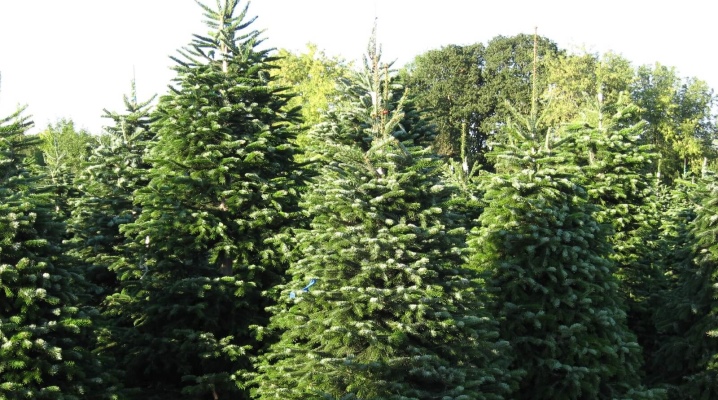
Evergreen crops are very often used in landscaping and urban greening. Among the most popular conifers, it is worth highlighting the Nordman fir, which is in demand in the light of its decorative attractiveness and unpretentious care.
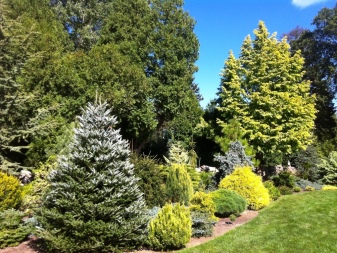
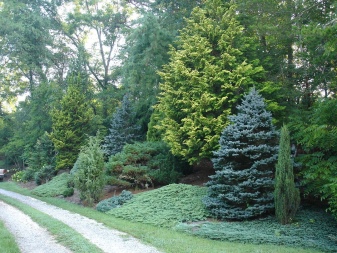
General characteristics
According to the origin of the culture of this variety, the countries of Asia Minor are considered its homeland, as well as some regions of the Caucasus, which have become the native land for another Caucasian fir "Amboluri tlugi". Ephedra prefers to grow naturally in rocky soil on mountain slopes. The pioneer of the fir was the botanist Alexander von Nordmann, in which the culture itself got its name. Ephedra gradually migrated from Asia and the Caucasus to Russia and Europe, where all the advantages of the plant were appreciated, and they began to be actively engaged in the cultivation of fir, continuing to do this today.
The evergreen has been used not only as an ornamental conifer for outdoor cultivation, but also as a traditional New Year tree.
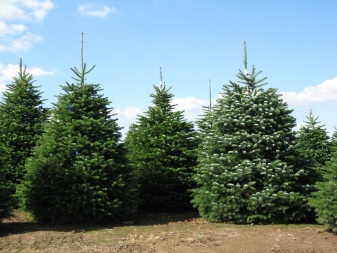
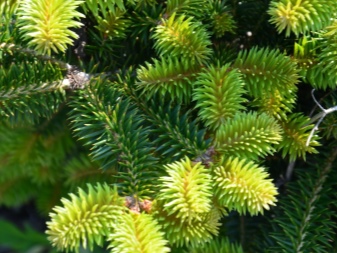
In some sources, you can find the second unofficial name of the Nordman fir - the Apollo tree, due to the presence of a number of versions that the wood of this fir was used to build the famous Trojan horse.
The decorative Caucasian Nordmanniana is notable for its ideal-shaped crown, which has fluffy needles, which provide it with a festive look. The coniferous plant stands out for its impressive size: on average, the height of the tree is about 50-60 meters, however, representatives of this species are found in the wild, which in 700-800 years of life were able to grow 80-85 meters from the ground. Despite this, it is this culture that occupies a leading position in the list of the tallest trees in the territory of the post-Soviet space.
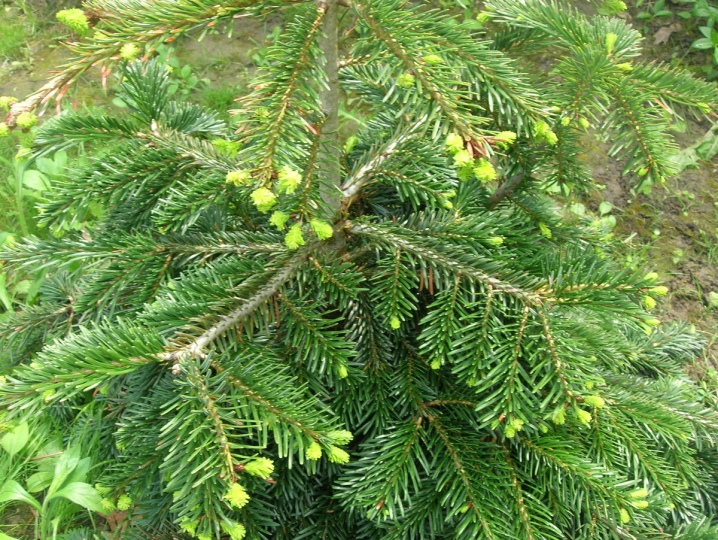
Such indicators are due to the growth rate of Nordman fir. It has been established that in the first decade, the Caucasian ephedra is actively increasing the underground part, thoroughly fixing itself on the selected area, after which all the forces of the plant will be directed to the development of the trunk in diameter and height. There are cases when the trunk of a tree reached two meters in girth. As for the height, the plant can add 30-50 centimeters in growth during one season, but only if there are favorable conditions for development, which will be close to the natural habitat of the tree. In urban areas, similar indicators are approaching 15 centimeters.
As for the external features of the plant, the Caucasian ephedra is interesting to gardeners for its pyramidal crown shape, as well as branches that can go down to the very ground.


It is noted that adult fir will have a cone-shaped crown, which can be up to 10 meters in diameter.
In addition to the features of the crown, the culture deserves special attention due to its lifespan. The Nordman fir belongs to long-livers, since some of its specimens can live for about 1000 years.
At a young age, an evergreen plant has a light trunk with a smooth bark; cracks begin to form on it as it matures.Young branches are yellow-brown in color, which gives them additional decorative appeal. There is no poison in the wood, it stands out for its softness, has a pinkish tint.
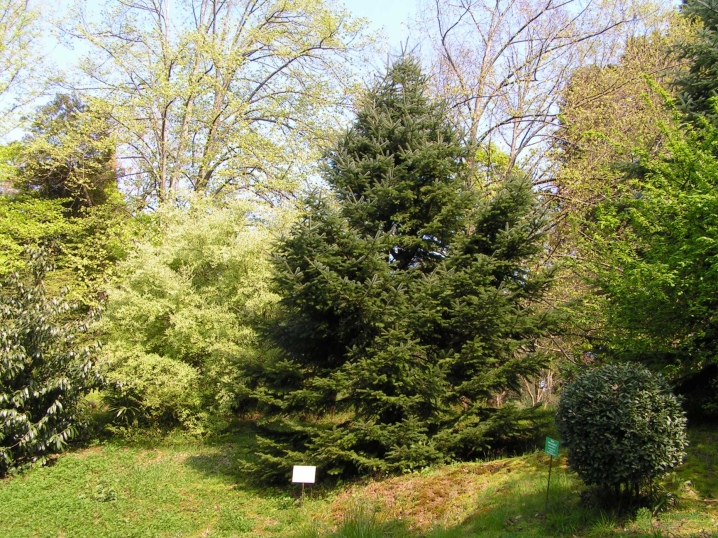
The fir root system is very developed and powerful, belongs to the core group. Like some other coniferous crops, fir roots adapt to the characteristics of the soil in which the plant develops. So, in soft soil, they can lie quite deep, and if the plant was planted in clay soil, then the root system gradually grows along the surface of the earth.
On the fir, buds develop, they are not characterized by excessive resinousness, the shape is predominantly ovoid. The needles are rather thin, the end is not pointed. Usually, the length of the needles is about 2-4 centimeters with a width of 2 millimeters... Needles develop by analogy with branches, hanging down, the needles are quite pleasant and soft to the touch. The color of the needles in fir is rich green with a glossy surface.
On the lower part, there are two white stripes, where the mouths are located, which are necessary for the respiration of the plant.

Needles usually stay on culture for about 10 years, but this indicator directly depends on the type of terrain and air - in a gas-polluted atmosphere, the fir will soon die, in light of which, in megacities, an evergreen culture of this species is extremely rarely used for landscaping areas near highways. A distinctive feature of Nordman fir is an unobtrusive citrus aroma emanating from it, due to the presence of a large amount of essential oils in the composition. This quality has become the reason for the demand for culture not only in landscape design, but also in cosmetology and folk medicine.

Fir cones grow upward, have a length of about 15-20 centimeters with a thickness of 5 centimeters. In the first stage of the growing season, they will be colored green, changing their color to brown in the process of growing up. Flowering and the phase of seed formation in the Caucasian fir occurs rather late, not earlier than the tree reaches 30 years of age. In some cases, this may start much later. Flowering occurs in the spring - April-May. The flowers of the culture are bisexual.
Ephedra seeds usually reach 12 millimeters in length, have yellowish wings, fly away from the crop in the fall - in October-November.
In one cone, there can be about 4 hundred of them.
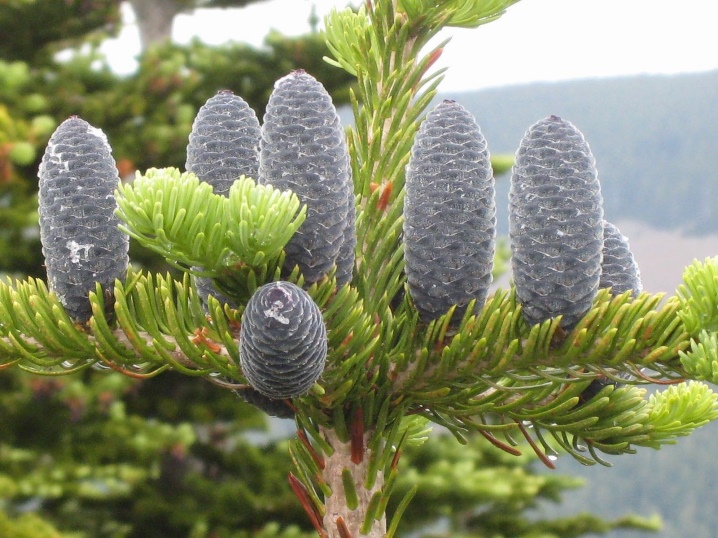
Description of popular varieties
The popularity of Nordman's fir has caused breeders to breed several hybrid varieties of ephedra, which differ in size and color.
Golden spreader
The most popular variety of culture, notable for its miniature size, as well as its slow annual growth rate. As the practice of cultivating the variety shows, a tree can add only 1 meter in growth in 10 years, this applies to the entire period of the plant's life. The diameter of the crown of a fir is 90-100 centimeters, a feature of its shape is a small notch in the center. Fir needles are also rather modest in size: as a rule, their length is only 2 centimeters. Above they are painted in a golden hue, and below the color changes to white and yellow. Most often, the culture is acquired to create decorative alpine slides in the southern regions.
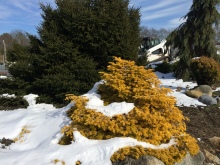
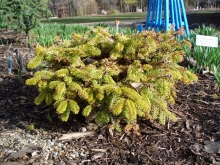
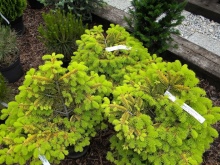
Jadwiga
Another hybrid variety, but unlike the previous variety, it grows quite rapidly, increasing indicators not only in height, but also actively working on the density of the crown. An adult plant will have an impressive size, which should be taken into account before planting a crop in the open field.
Fir needles also develop long, have a green color at the top, while the bottom is usually painted white.
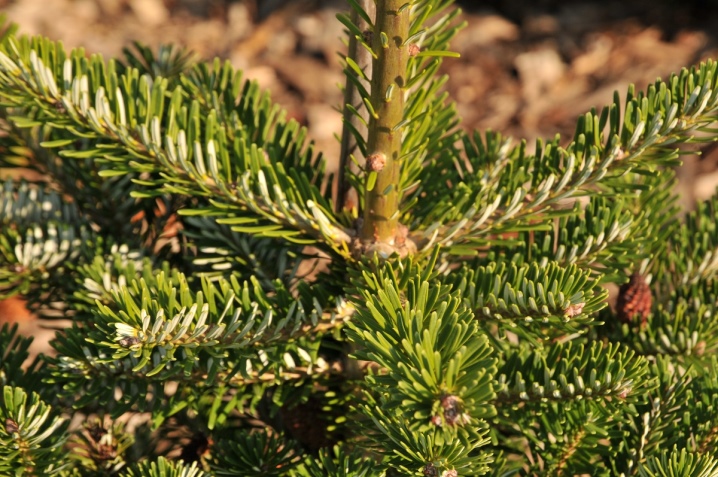
Pendula
A variety of fir with weeping branches.The variety stands out for its unpretentious care, decorative attractiveness, as well as a slow average annual growth at a young age. After 10 years, the culture begins to grow more actively, which allows it to have large dimensions in maturity in relation to the height and diameter of the crown.
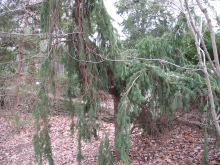
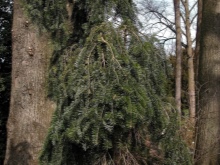
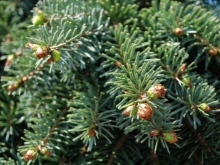
Borjomi
A similar hybrid cultivar with the previous evergreen, it stands out for its slow development rate. On the culture, after its maturation, cones begin to develop, the color of which will be purple-violet, which creates a certain contrast with the green needles.
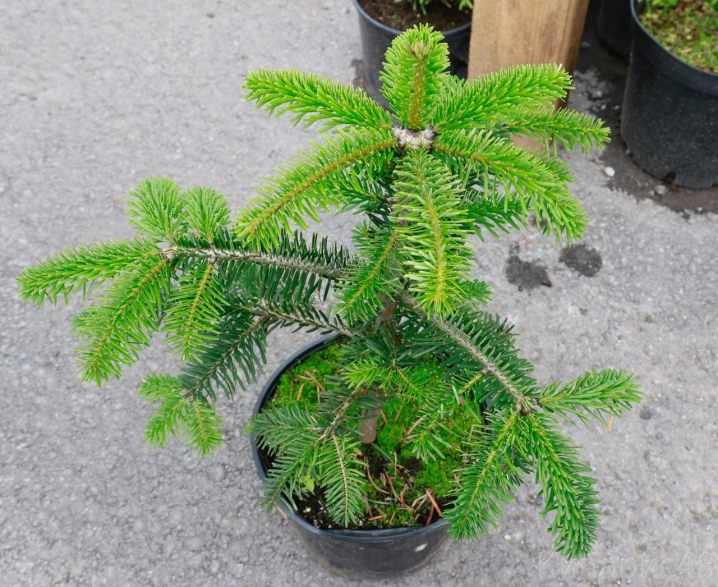
Landing rules
The primary task of the gardener before rooting the Nordmann fir is the correct selection of a place for its further cultivation. The plant is unpretentious to sunlight, therefore it develops well not only in areas bathed in the sun, but also in shaded areas of the garden. So that in the future there are no problems with the ephedra, it is worth considering the peculiarities of its root system, which is remarkable for its power. This requires placing the tree at least 3 meters away from any buildings or other large crops in the garden.
Fir can be rooted in any soil, however, soil with high acidity should still be avoided.
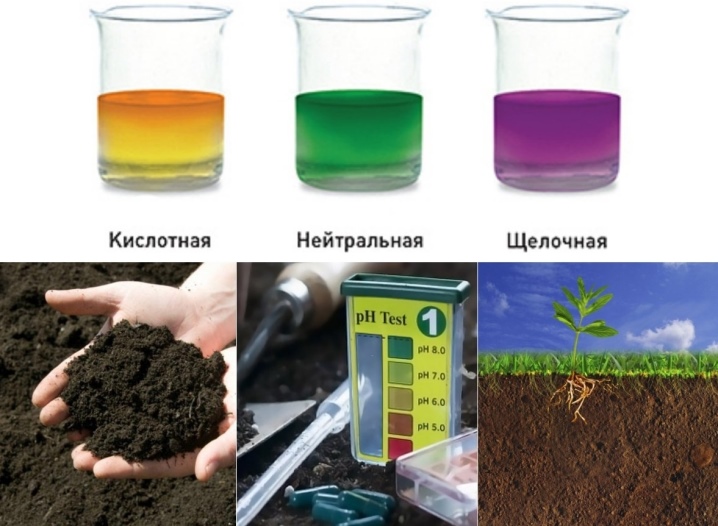
The best option for ephedra will be loamy soil with a neutral or slightly alkaline reaction. Fir is very sensitive to a change in the rooting site, so replanting the plant is highly discouraged.
When purchasing a Nordman fir seedling, you should give preference to trees with a closed root system in a pot or container, planting in open ground is carried out together with an earthen lump. The most suitable age for a tree that is planned to be rooted in the open field will be 4-5 years.
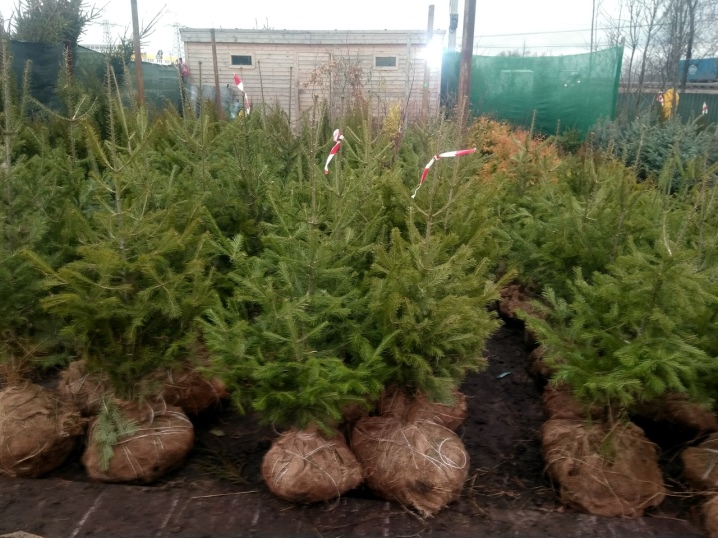
Consider the fir planting algorithm.
- First you need to prepare the hole for planting. The dimensions of the pit should be at least 60x60 centimeters with a depth of about 80-90 centimeters. However, these rates can vary depending on the size of the roots of the ephedra system.
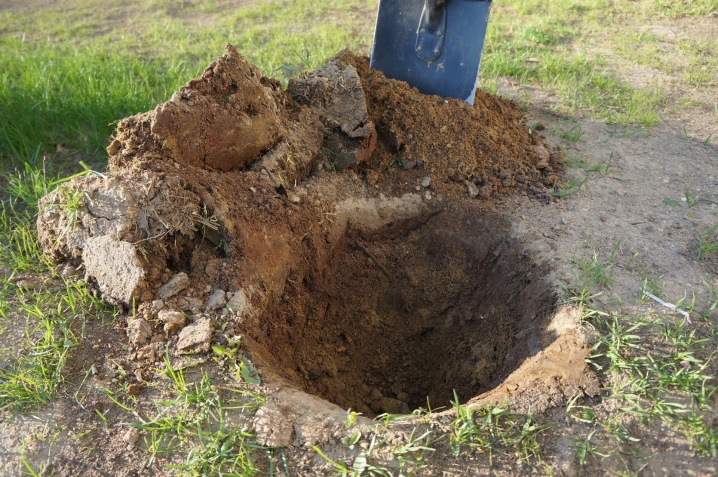
- A drainage layer for the tree will be required. Its dimensions should not be less than 20 centimeters. Since the roots are quite sensitive to moisture stagnation, drainage will help eliminate the risk of rhizome decay, as well as the development of fungal ailments.
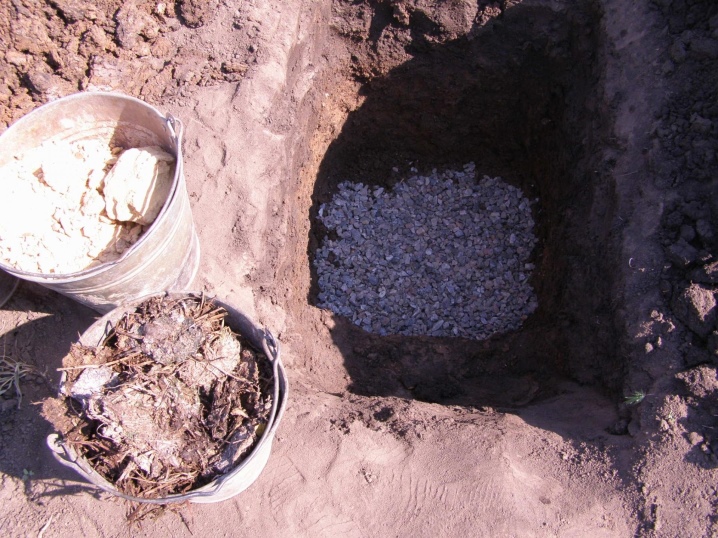
- After laying on the bottom of the drainage, the gardener needs to provide the plant with a cushion of complex fertilizing, which will help the crop adapt faster in a new place. Fertilizers are best mixed with sawdust. In this form, the fir planting hole should stand for about two weeks.

- Over time, the acquired seedling is preliminarily kept in water, after which it is deepened into the planting pit, sprinkled with earth and tamped down. It is important that the root collar of the tree is located above the ground. In conclusion, the fir is watered.

- For the first time, fir seedlings are covered with non-woven material in order to exclude burns, mainly this requirement applies to the southern regions.
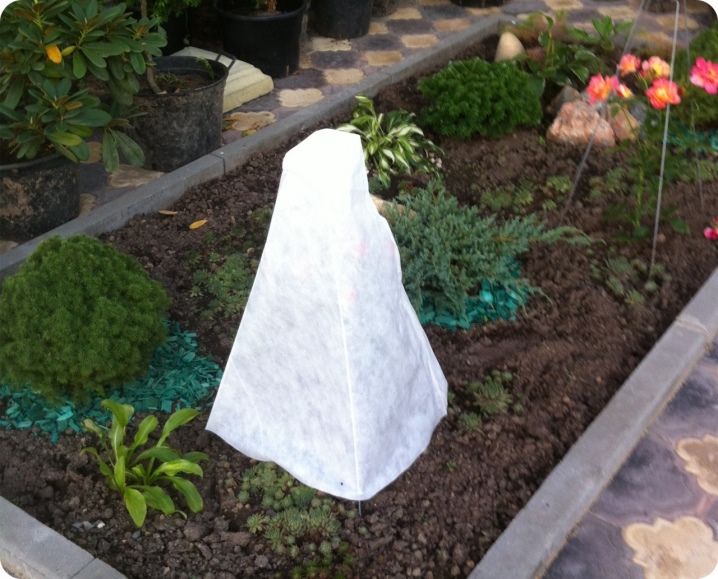
Care features
Further agrotechnical measures related to the cultivation of Nordman fir are reduced to the performance of mandatory work.
Watering
Ephedra belongs to moisture-loving crops, so the moisture of an evergreen crop should be regular. To a greater extent, this applies to a newly planted young tree. Watering should be emphasized in hot weather, as well as in summer, when natural rainfall will be minimal.
In addition to standard watering, the ephedra can have a shower by spraying its entire aerial part, which will have a positive effect on the appearance of the fir.
Adult plants over 5 years old will no longer need additional watering, but during the dry season, moisture may also be required for a large tree in the garden.
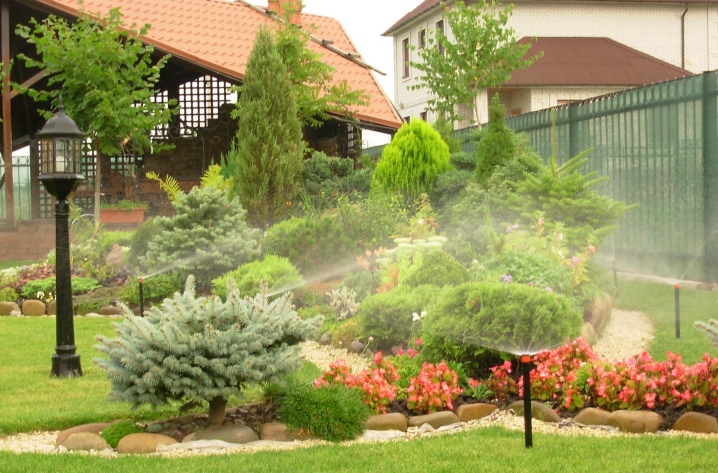
Fertilizer introduction
The first feeding of the culture is carried out when the plant is rooting in the open field, then the gardener will need to introduce specialized complex compounds for coniferous crops into the trunk circle every spring using granular products.
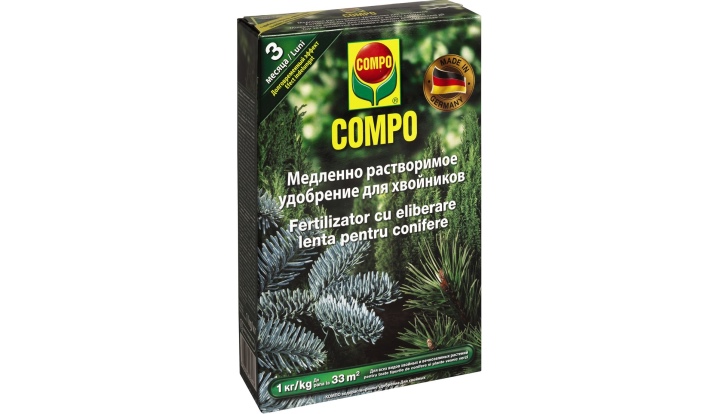
Mulching and loosening
Such work for young seedlings is considered mandatory, since they allow you to retain moisture in the soil for as long as possible, and also to exclude the growth of weeds. It would be more correct to cover the fir tree trunk circle with an organic layer of mulch so that its thickness is about 5 centimeters. For these purposes, you can use peat, straw, bark of other coniferous crops. The mulch layer should be renewed every spring.
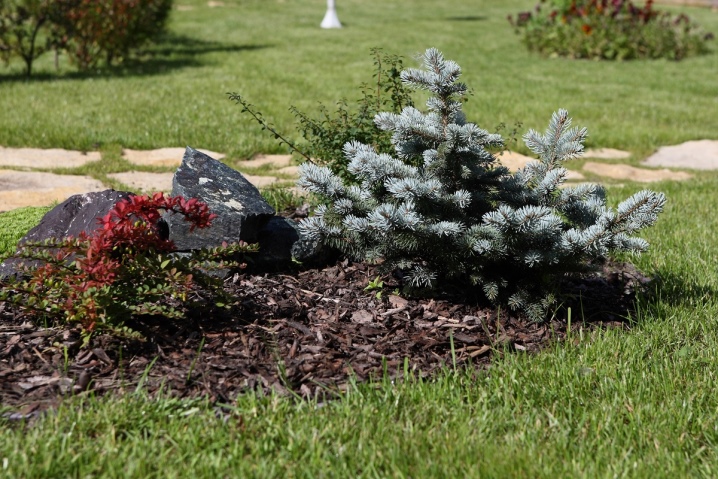
Pruning
Fir initially has an attractive appearance, therefore, as a rule, it does not have to do formative pruning. However, a sanitary haircut for the plant will be mandatory. It is usually carried out in the spring, removing damaged and dry branches from the tree.
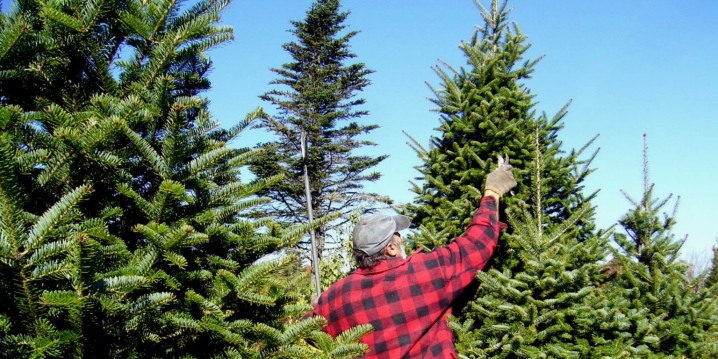
Preparation for wintering
The winter hardiness of the fir root system allows it to remain viable even at -30 ° C, however, young branches may not withstand frosts below -15 ° C, therefore, it is recommended to cover them with the arrival of winter. For these purposes, a non-woven material is usually purchased, or the plant is protected by spruce branches.
In the middle lane, the fir tree trunk circle is usually lined with a 10-centimeter layer of organic mulch for the winter.
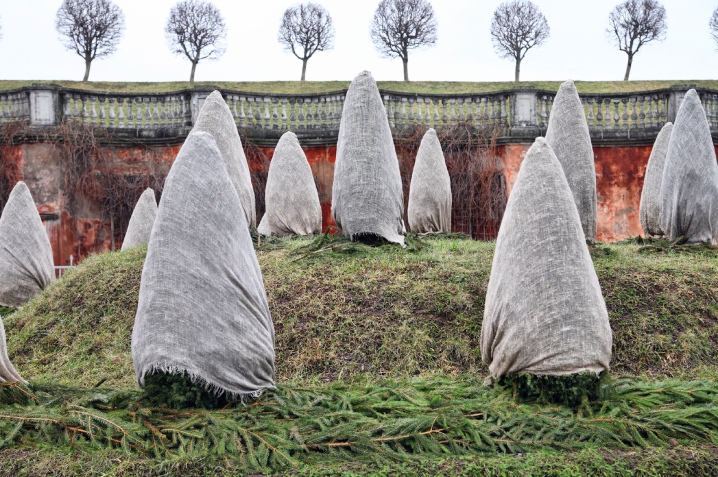
Reproduction methods
It will be possible to get a new culture by the seed method, since the vegetative system of an evergreen culture is poorly developed. For these purposes, it is necessary to collect ripe seeds from an adult fir, but not earlier than October-November. The collection of material is carried out from the cones on the plant, since the seeds that have already flown out on the ground quickly lose their viability.
The collected seeds are planted directly into the ground, leaving special holes in it for oxygen to reach the sprout. Like all ephedra seeds, they must undergo preliminary stratification. For these purposes, containers are sent to a refrigerator or basement for 1-2 months.
Further, the growing of seeds until the first shoots are obtained is carried out at home, new crops develop very slowly.
You can root a young plant in open ground no earlier than 5 years of age.
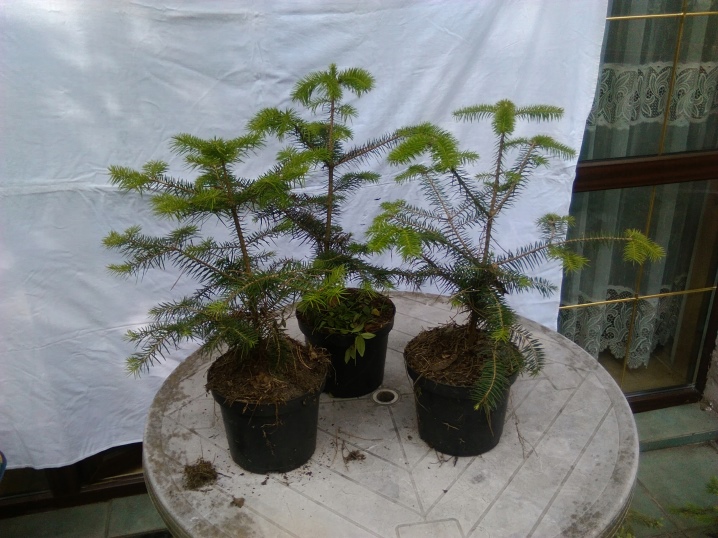
Diseases and pests
In general, the Nordman fir has a fairly strong innate immunity, however, mistakes regarding agricultural technology can lead to serious diseases in the plant. Among the most dangerous are several ailments.
Rust
Fungal infection is most often transmitted to ephedra from shrubs and berry crops planted nearby. Orange blisters are signs of plant infection. From this disease, the plant begins to wither rapidly. Rust is especially dangerous for young crops. Treatment is carried out by removing the affected areas, as well as store-bought formulations against the fungus.

Brown shute
The causative agent is also a fungus, which most often affects immature seedlings. The manifestation of the disease will be a characteristic dark bloom on the needles. Most often, the fungus cannot be seen due to the presence of snow on the branches. Surgical intervention will cure crops; fungicides and other antifungal agents are used for treatment.
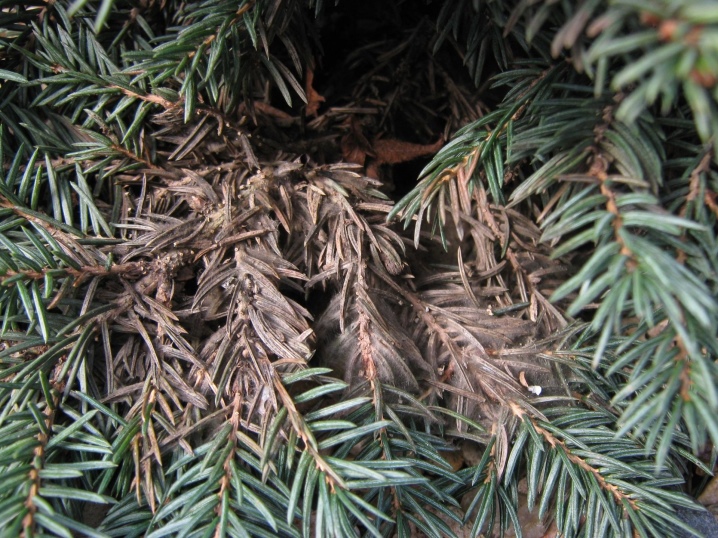
Bacteriosis
The disease is manifested by a yellowing of the trunk, with the development of the disease, a liquid with an unpleasant sour smell begins to be released from it, without treatment, cancerous neoplasms and cracks begin to form on the culture.
At an advanced stage, the plant cannot be saved; at an early stage, gardeners carry out treatment with fungicides and other garden special means.
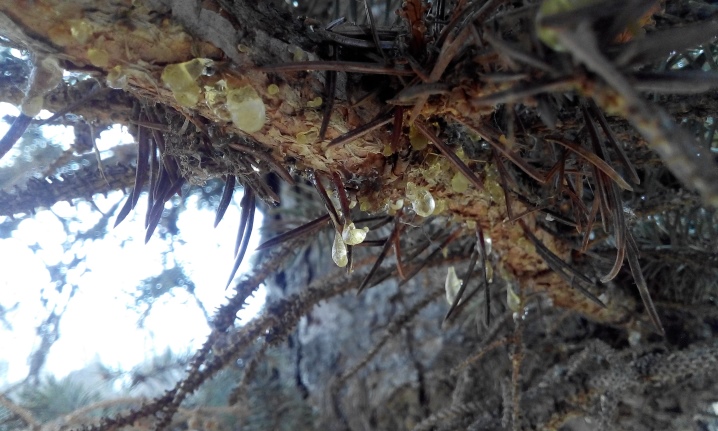
Different types of rot
Signs of disease can be changes inside the trunk, which will not be noticeable at first. In the future, the destruction of wood occurs, as well as the ailment affects the root system and shoots. Treatment is reduced to the timely removal of damaged parts, treatment with fungicides.
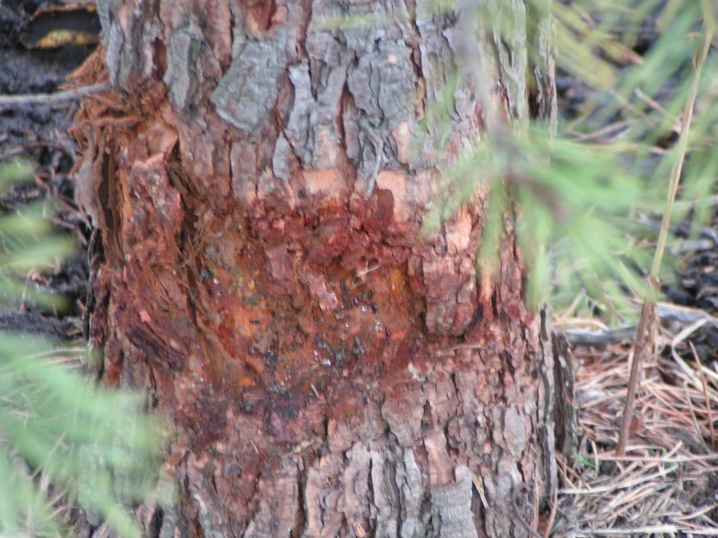
Among the most dangerous insects are several pests.
False shield
Because of this creature, the coniferous culture begins to dry, copper droplets appear on it. Insects feed on fir juices, in addition, they become pathogens of the fungus. The destruction of the pest is carried out using special burlap traps, into which glue is poured, which destroys the false shield.
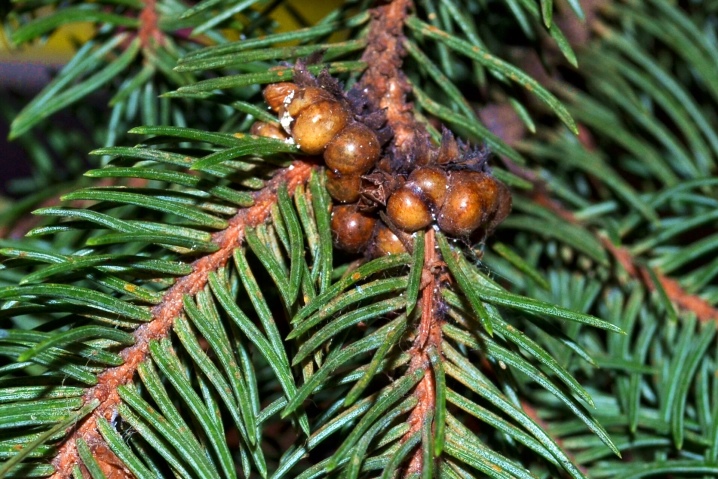
Spider mite
Quite a common pest for conifers. Its appearance on the tree can be identified by the presence of cobwebs and brown spots. On adult conifers, it will be almost impossible to fight the tick. Therefore, spraying the aerial part with infusion of garlic or dandelion will become a prophylaxis for young and adult crops.

Hermes
A small, but rather dangerous pest that is capable of forming a huge colony on one crop in a short period of time, destroying needles. Insect control is carried out by spraying the plant with insecticides.
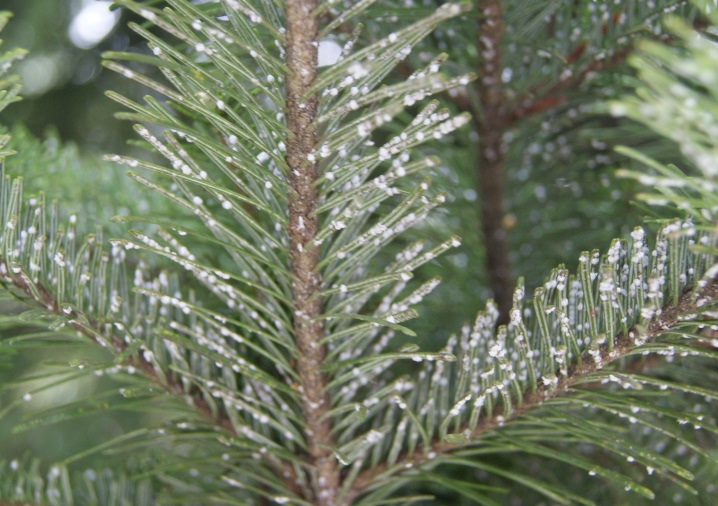
For the problems and advantages of fir, see below.



































































The comment was sent successfully.